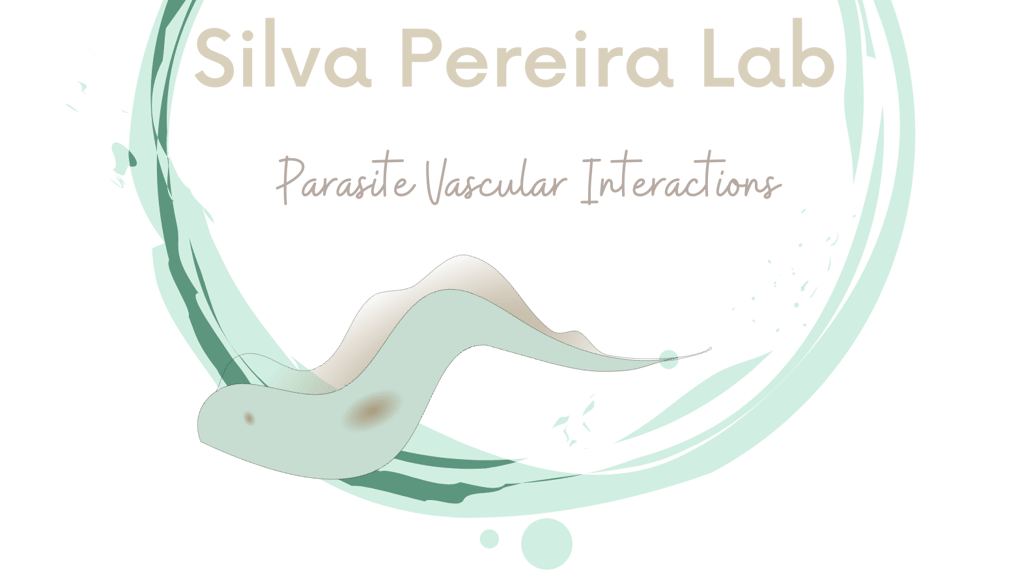Add your promotional text...


Advancing Trypanosoma Parasite Research Through High-Resolution and Big-Data Methodologies
Our Mission
Parasites interact with their host's vasculature in complex and varied ways, leading to a range of disease outcomes. These interactions can involve the sequestration or cytoadhesion of parasites in the vasculature, altering blood flow and causing inflammation and tissue damage. Understanding the host-parasite vascular interface is essential to developing effective ways of reducing the burden of parasitic diseases, characterising the pathogenesis of infectious diseases, and understanding how blood vessels respond to stress.
We investigate how Trypanosoma parasites interact with the vasculature of their mammalian hosts using high-resolution and big-data systems. We focus on three main questions:
How does sequestration contribute to parasitism?
How do sequestration patterns impact clinical outcome?
What are the host and parasite mediators of sequestration?


High-Resolution Systems
Our lab applies advanced high-resolution systems, such as 3D bovine microvessels systems, to study Trypanosoma parasites in their mammalian host, allowing us to gather detailed insights into their survival mechanisms.


Big-Data Methodologies
We use advanced big-data methodologies to analyze Trypanosoma parasite behaviour in natural settings, enabling us to identify new ways to combat the disease.


Multidisciplinary Lab
Our multidisciplinary lab brings together researchers from a variety of fields, allowing us to approach Trypanosoma parasite research from different angles and ultimately make more meaningful discoveries.